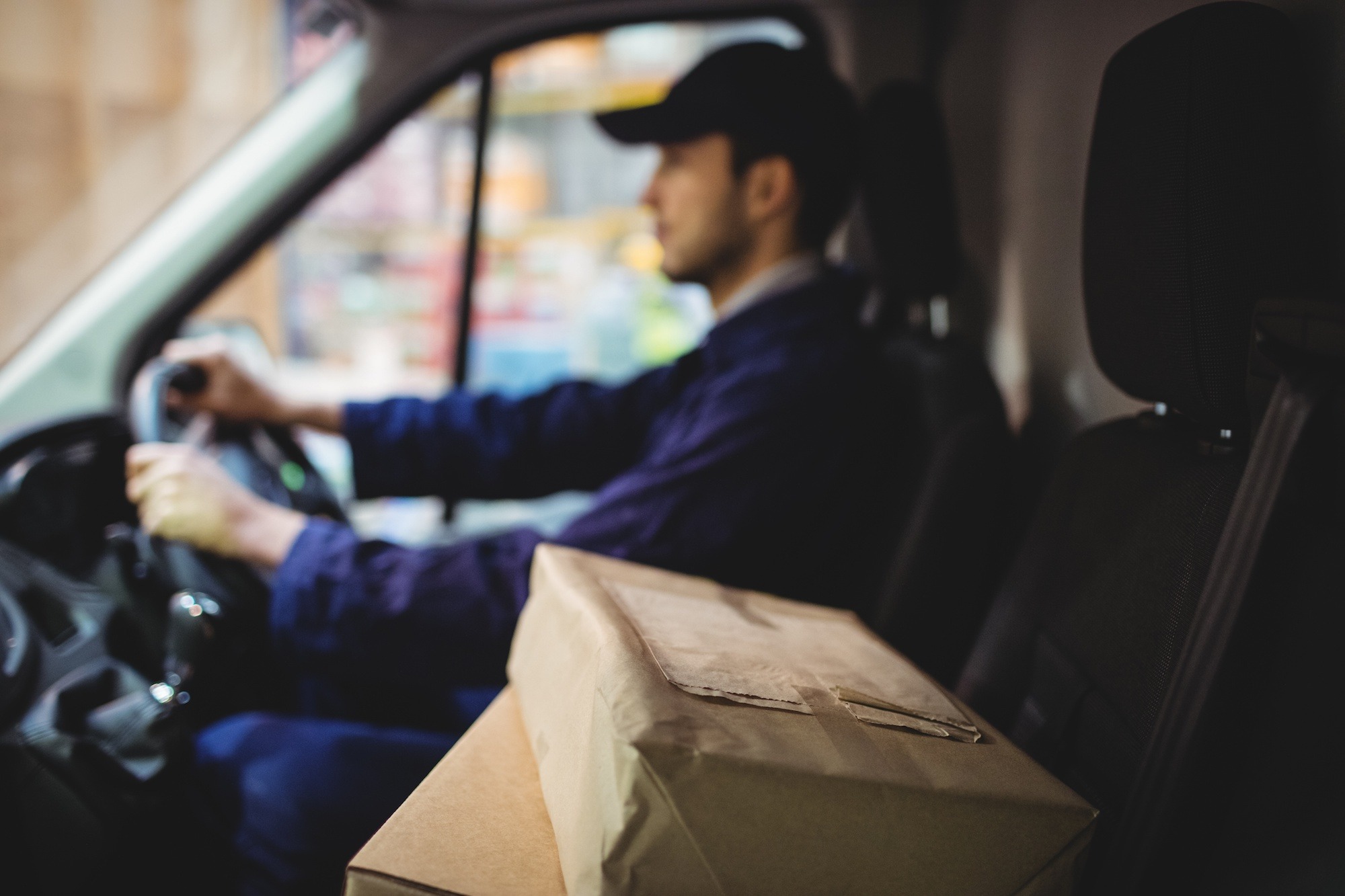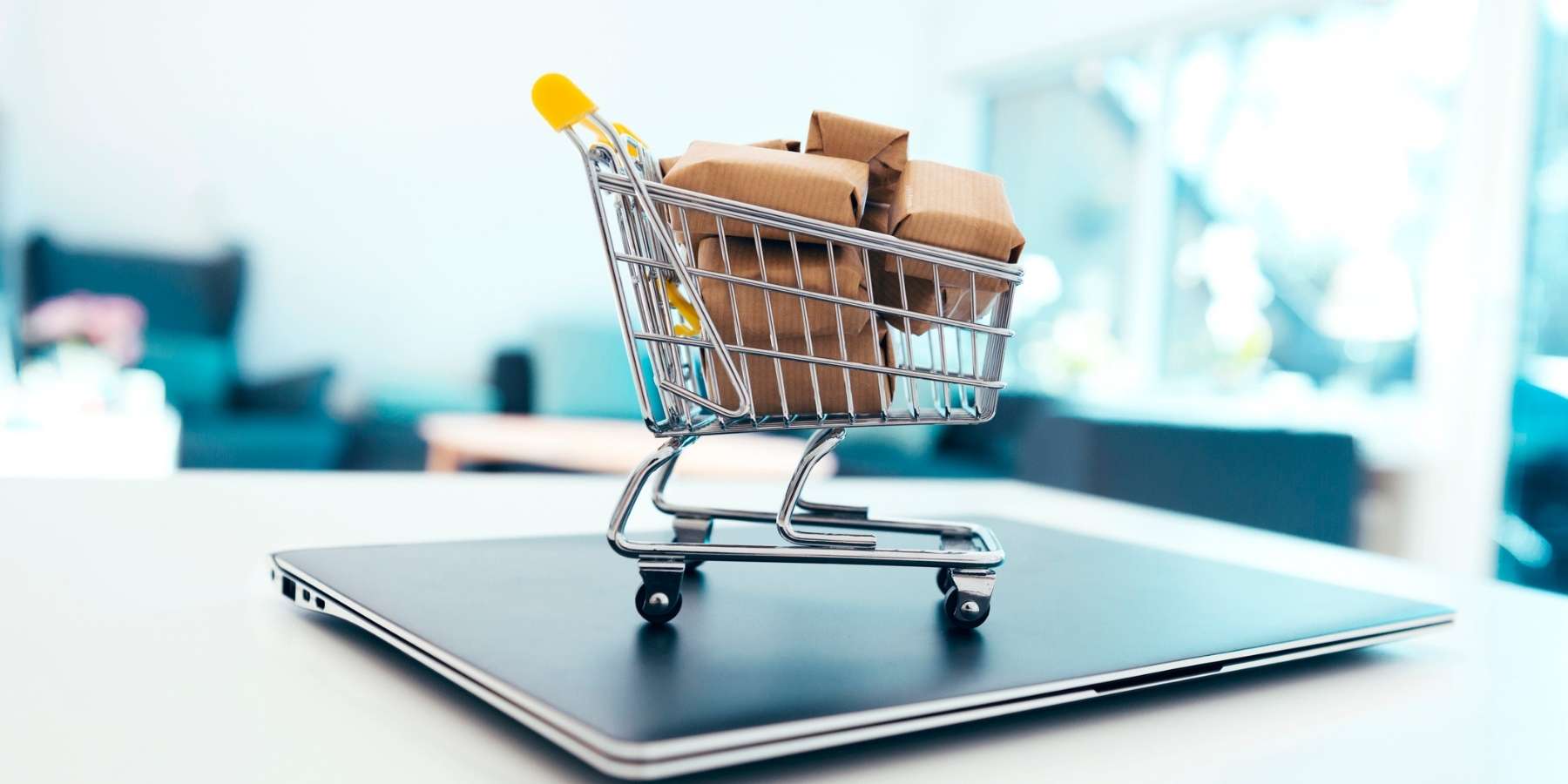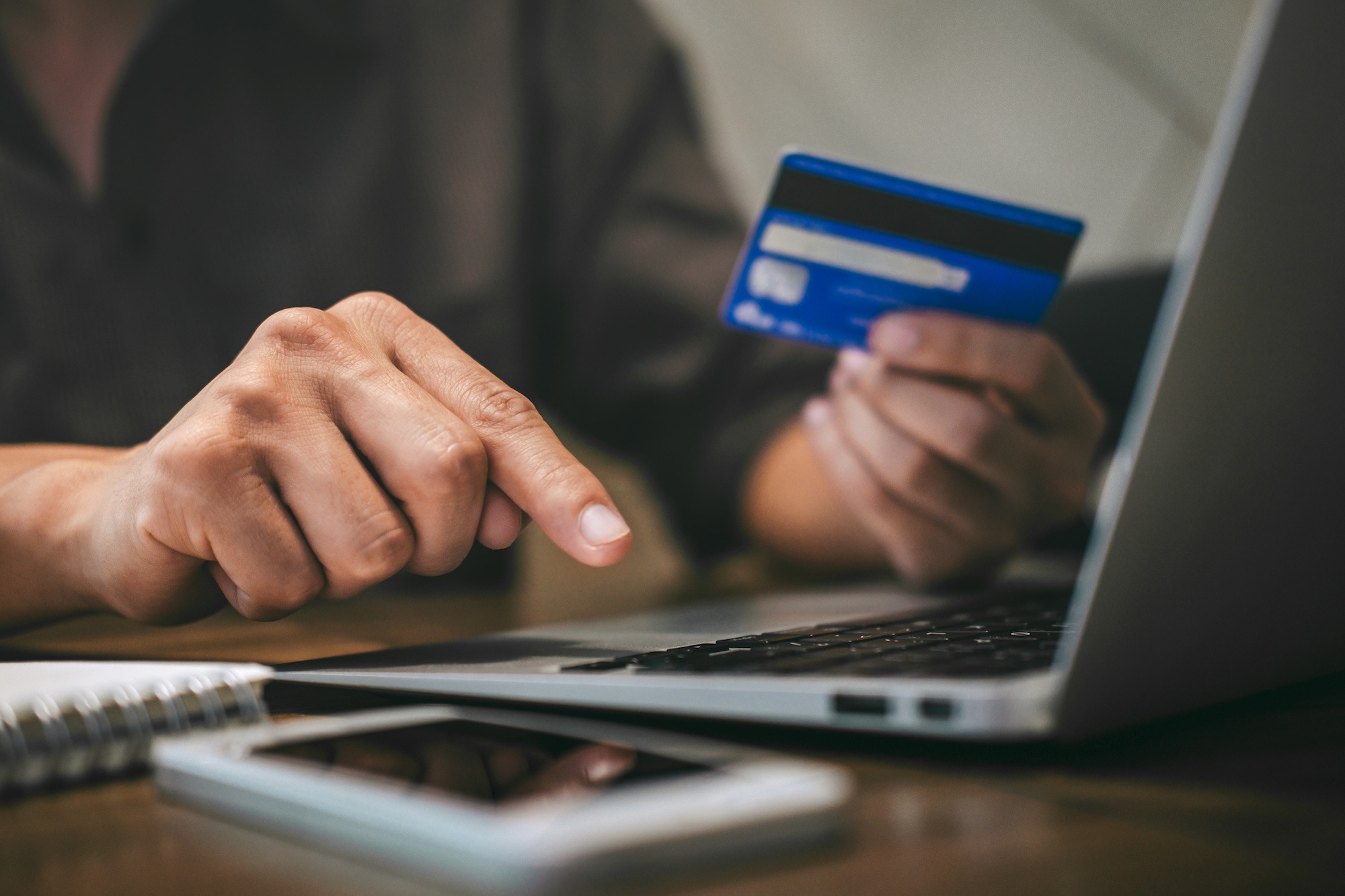Learn a few tips on how to make local delivery a cost-efficient option for customers (and your business)
For many brick-and-mortar businesses, local delivery feels too costly to implement. Fuel charges, operations adjustments, staffing, updated fulfillment processes – all these concepts rise to the surface when thinking about local delivery.
While these are all things that need to be considered to be successful with local delivery, what it comes down to is who you offer it to and how much you charge.
Here are a few ways to make this delivery option affordable while offering buyers a positive customer experience nearby.
8 tips for optimizing local delivery to your business
Restrict based on how much a customer spends
If a customer wants local produce delivery and orders a $15 bag of groceries, is it worth delivering them across town (even with a delivery fee)? If you want to make it a regular occurrence, consider limiting local delivery to specific price thresholds, like $75 or $150. Look at your margins and make adjustments.
Only offer local delivery with certain products.
For those that own a specialized shop, say one that sells sports equipment, again, it probably doesn’t make sense to offer local delivery for someone who orders a couple of t-shirts. Instead, limit it to specific items with higher margins or heavy products like a dumbbell set. Since customers typically pay a delivery premium for bigger products, you’re not setting unreasonable expectations.
Limit local delivery to customers close to you
To cut down fuel costs, vehicle wear and tear, and frustrations around traffic, you’re better off limiting local delivery to customers within 20 miles of your shop. Decide how far you’re willing to go and how long it takes for your driver to get there. If you have multiple store locations, limit local delivery by zip code so you can service customers all over town more efficiently.
Create realistic delivery time frames
Local delivery can’t happen at any time or day of the week for a small business. You must define local delivery dispatch cutoff times, lead times, and blackout dates. Doing this will give your customers more accurate delivery dates at checkout. If you want to offer Same-day local delivery, you can limit it to customers who order before 2 pm. That way, your team can pick and pack.
Inform them of the delivery date and time
The more information you can provide about delivery, the more likely they will purchase from you. In fact, stats show that nearly a quarter (24%) of online shoppers would abandon their order if no delivery date were provided. If you deliver locally, ensure you don’t put yourself under undue pressure. Life is tough enough right now, so set a lead time if possible. Most people can wait a day or two (assuming you aren’t selling pizza, of course!).
Provide same-day local delivery (if you can)
Same-day delivery is expected if you are in the restaurant, food, or gift trade. To do this correctly, you need to establish an early enough cut-off time for orders and publish this information clearly on your site. By doing this, your customers will have a clear idea about what you can do regarding delivery, so they aren’t frustrated (or confused) at checkout.
Be clear about delivery policies
You need to be transparent about your delivery process, both on your website and in post-purchase communications. Create a FAQ or shipping policy page on your site outlining your policies, including how you manage returns, lost items, or damaged goods. Be direct about how your local delivery program works, like if you require a signature or phone number to call ahead (or, for these days, if you’re contactless) and who it is available for.
After a customer has placed an order, you also need to make tracking available so customers know where items are at all times. This will reduce emails and phone call support so your team can focus on other things.
Take a break
You don’t need to offer delivery every day. For most trades, delivery can only happen on certain days. Restricting your delivery days allows you to group orders and reduce gas costs. It will enable you and your staff to focus on other activities or parts of your business.
Customer Service is Key
During these unprecedented times, local delivery is a great way to stay connected with consumers in your area. Everyone is looking for new ways to support local retailers. The last thing they want is for their favorite shop to close down.
However, how you approach customer service will significantly impact whether or not local delivery is worth it. Your staff should be thoroughly trained about your processes and be prepared whenever negative feedback occurs.
If your team is dedicated to serving people as people, your business will get repaid for it. They will remember your level of service and be thought of the next time they buy.
Local delivery can be a real benefit for your community right now. Many would prefer to remain home as much as possible. Giving customers the ability to stay put while getting items quickly means you’re keeping their safety in mind.
Harnessing Technology and Smart Strategies for Efficient Local Delivery
Optimize Delivery Schedules with Tech
To improve the efficiency of your local delivery, think about using route optimization software. These tools, powered by sophisticated algorithms and real-time data, help you find the most efficient delivery routes. They consider multiple variables, including current traffic conditions, road works, weather factors, and even the time of day. This reduces the time your drivers spend on the road and minimizes fuel consumption and vehicle wear and tear.
Efficiency is about more than just the best routes. It’s also about clever scheduling. If your business has multiple deliveries daily, these tools can schedule your stops in a sequence that minimizes backtracking and overlaps. It’s about delivering more in less time, which is crucial for local businesses with limited resources.
Transparency is another key benefit. Real-time tracking features can give customers timely updates about their order’s status. They’ll know when to expect their delivery, which enhances their buying experience and builds trust in your service.
Beyond route optimization, there are other strategies you could employ:
- Batch Deliveries: Instead of delivering orders as they come in, you could group them into batches. This approach could save time and fuel, especially if the deliveries are heading in the same general direction.
- Off-Peak Deliveries: Consider delivering during off-peak hours when traffic is lighter. This could significantly reduce transit time and enhance delivery efficiency.
- Flexible Delivery Options: Offer options like pick-up points or lockers where customers can collect their orders. This could save your drivers from making multiple trips to the same area.
- Training Drivers: Ensure your drivers are well-trained and familiar with local routes and shortcuts. Knowledgeable drivers are often quicker and more efficient.
- Maintain Vehicles: Regular vehicle maintenance can help prevent unexpected breakdowns that could delay deliveries.
Technology and smart strategies can help make your local delivery process more cost-effective, efficient, and customer-friendly.
How ShipperHQ Helps with Local Delivery
With almost continuous disruptions and changes, we know the current situation can feel overwhelming. Many merchants are scrambling to pivot business models and find new ways to service their customers.
In ShipperHQ specifically, we give you the option to set up Local Delivery at checkout using a custom carrier. You can set a flat rate delivery fee, restrict the option by geographical region, zip code, or distance radius, and even vary your delivery rates by order, item, or package.
Plus, you can provide delivery arrival dates at checkout through our Delivery Date & Time feature, even if you’re using table rates. That way, your customers know exactly when an order will be in their hands.
If you’re a ShipperHQ customer needing help getting this setup, feel free to contact us directly.
FAQs
How does local delivery boost sales?
Local delivery enhances customer convenience and experience, potentially increasing sales by attracting and retaining customers who prefer doorstep delivery.
Can partnerships improve the efficiency and affordability of local delivery for small businesses?
Absolutely. Partnerships with courier services or other local businesses can share delivery resources and expertise, making the process more affordable and efficient.
How can a business assess the effectiveness of its local delivery strategy?
Effectiveness can be measured through various metrics such as delivery time, customer satisfaction, order volume, and cost efficiency.
Which software or applications can help manage local delivery times?
Route optimization software like Route4Me, delivery scheduling tools like Tookan, or comprehensive logistics management platforms like ShipStation can help manage delivery times efficiently.
How can businesses reduce the costs associated with local delivery?
Businesses can reduce local delivery costs by using route optimization software, scheduling deliveries in off-peak hours, maintaining vehicles properly to avoid breakdowns, training drivers to be more efficient, and batching deliveries to the same area.
How can local delivery enhance the customer experience?
Local delivery can enhance the customer experience by providing convenience, transparency through real-time tracking, and quicker access to purchases. Offering flexible delivery options, like specific time slots or pick-up points, can also improve the customer’s experience.
Not using ShipperHQ? Sign up for your 15-day FREE trial today to get started with local delivery. Our team is here and ready to get you up and running quickly.






